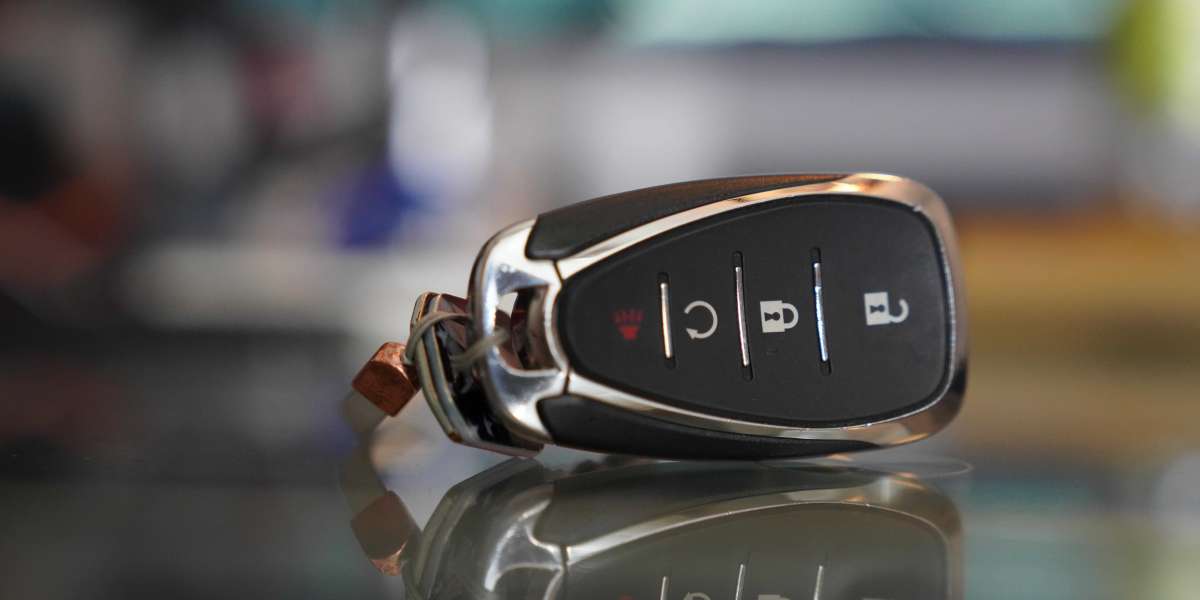A laser removal device is a tool that uses concentrated beams of light (laser) to target and break down unwanted elements on the skin or surface, such as tattoos, hair, or blemishes. These devices have rapidly evolved over the last decade, offering safe, non-invasive, and effective solutions for both professional and home use.
Laser technology operates by delivering pulses of energy to a specific pigment or structure. Once absorbed, the energy destroys or weakens the targeted cells, allowing the body or cleaning method to remove them naturally or mechanically.
Types of Laser Removal Devices
| Device Type | Purpose | Usage Environment |
|---|---|---|
| Tattoo Removal Laser | Breaks ink pigments | Clinics, At-home |
| Hair Removal Laser | Targets hair follicles | Clinics, At-home |
| Skin Treatment Laser | Improves pigmentation or texture | Dermatology centers |
| Industrial Laser Remover | Removes paint, rust, coatings | Industrial workshops |
How Laser Removal Devices Work
Mechanism of Action:
Selective Photothermolysis: Lasers target specific chromophores (ink, melanin, etc.) without damaging surrounding tissue.
High-Energy Pulses: Short bursts of energy break down pigments or unwanted elements.
Natural Elimination: Once fragmented, the body or mechanical process removes the debris over time.
Common Laser Technologies:
Nd:YAG (1064 nm 532 nm) – Ideal for tattoo removal and pigmentation
Alexandrite (755 nm) – Effective for hair and pigment
Diode Lasers (810 nm) – Used widely for hair reduction
CO₂ and Er:YAG – Often used for skin resurfacing
Benefits of Using a Laser Removal Device
Non-invasive: No need for surgical procedures.
Precision: Targets only the unwanted pigment or growth.
Minimal Downtime: Quick recovery with proper care.
Cost-effective Over Time: Home devices eliminate repeated clinic visits.
Multi-purpose: Some devices cater to both skin and hair treatment.
Key Features to Consider Before Buying
When selecting a laser removal device, these factors are critical:
1. Wavelength Versatility
Multi-wavelength devices provide better treatment customization.
Dual or triple wavelength systems address various skin types and colors.
2. Pulse Duration
Shorter pulses enhance precision and reduce skin trauma.
3. Energy Output
Measured in joules, higher energy devices perform more effectively.
4. Cooling System
Built-in cooling mechanisms reduce discomfort and protect skin.
5. Portability
Lightweight designs offer ease of use for home treatments.
6. Safety Certifications
Look for FDA, CE, or other global regulatory certifications.
How to Use a Laser Removal Device Safely
Preparation:
Clean and shave the treatment area.
Perform a patch test 24 hours in advance.
Avoid sun exposure before and after treatment.
During Use:
Adjust settings based on skin type and condition.
Use protective eyewear to shield against laser exposure.
Move the device steadily, avoiding overlapping zaps.
Aftercare:
Apply aloe vera or soothing gel to reduce redness.
Avoid hot water, scrubs, or fragrance-based products for 48 hours.
Use SPF 30+ sunscreen to protect treated skin.
Popular Applications of Laser Removal Devices
Tattoo Removal
Laser pulses penetrate the skin and break tattoo ink into small particles. Multiple sessions may be required depending on:
Tattoo color
Depth of ink
Age of the tattoo
Skin type
Hair Removal
Laser devices target the melanin in hair follicles, impeding future growth. Results depend on:
Hair color (darker hair responds better)
Skin tone
Treatment frequency and consistency
Skin Rejuvenation
Some devices stimulate collagen production, improve skin tone, and reduce fine lines or acne scars.
Comparing At-Home vs. Professional Laser Devices
| Feature | At-Home Devices | Professional Devices |
|---|---|---|
| Power Output | Moderate | High |
| Price Range | Affordable ($200–$700) | Expensive ($3,000–$10,000+) |
| User Control | Easy to operate | Requires expertise |
| Effectiveness | Gradual results | Faster, long-lasting results |
| Customization Options | Limited | Broad spectrum |
Who Should Avoid Using Laser Devices?
Not all individuals are ideal candidates for laser treatment. Caution or professional consultation is advised for:
People with photosensitive skin conditions
Pregnant or breastfeeding individuals
Those with active skin infections
Individuals using photosensitizing medications
Dark-skinned users (some devices may cause pigmentation changes)
Frequently Asked Questions (FAQs)
Q1. Are laser removal devices painful?
Most users report mild discomfort, often likened to a rubber band snap. Devices with cooling systems reduce this sensation.
Q2. How many sessions are required?
Depends on the purpose:
Tattoo removal: 6–12 sessions
Hair removal: 6–8 sessions
Skin treatment: 3–5 sessions
Q3. Can I use the same device for multiple applications?
Only if the device supports interchangeable heads or multi-purpose functions. Otherwise, use dedicated devices for each task.
Q4. What are the side effects?
Common effects include:
Redness
Swelling
Temporary skin darkening or lightening
Severe reactions are rare when following proper usage and aftercare.
Q5. Is laser removal permanent?
Tattoo and hair removal results can be long-lasting, but maintenance sessions might be required due to:
Hormonal changes
Ink density or placement
Hair regrowth patterns
Maintenance and Care for Your Device
To prolong your device's lifespan and performance:
Clean the lens or applicator after every session.
Store in a cool, dry place away from direct sunlight.
Schedule periodic calibration or inspection (if required by the manufacturer).
Real-World Performance Indicators
| Metric | Typical Value |
|---|---|
| Hair reduction after 3 sessions | 60–75% |
| Tattoo fading after 6 sessions | 40–60% |
| Skin rejuvenation visibility | Within 3–4 treatments |
| Full recovery time (per session) | 24–72 hours |
These figures are averages and may vary based on individual response, device strength, and adherence to aftercare.
Expert Tips for First-Time Users
Start with the lowest energy setting, then gradually increase.
Stick to a treatment schedule (every 2–4 weeks).
Do not treat tanned or sunburnt skin.
Use a mirror for hard-to-reach areas.
Keep a progress diary with photos to track improvement.
Laser Removal Device Trends in 2025
AI-enabled calibration systems that auto-adjust based on skin tone.
Cordless models with powerful lithium batteries.
Smart apps for scheduling and safety tracking.
Dual-function devices combining laser and IPL (Intense Pulsed Light).
Growth in eco-friendly designs with recyclable cartridges.
This guide is designed to help readers navigate the increasingly advanced and diverse world of laser removal devices with clarity and confidence. For effective results and safety, proper research, responsible use, and regular maintenance are essential.



